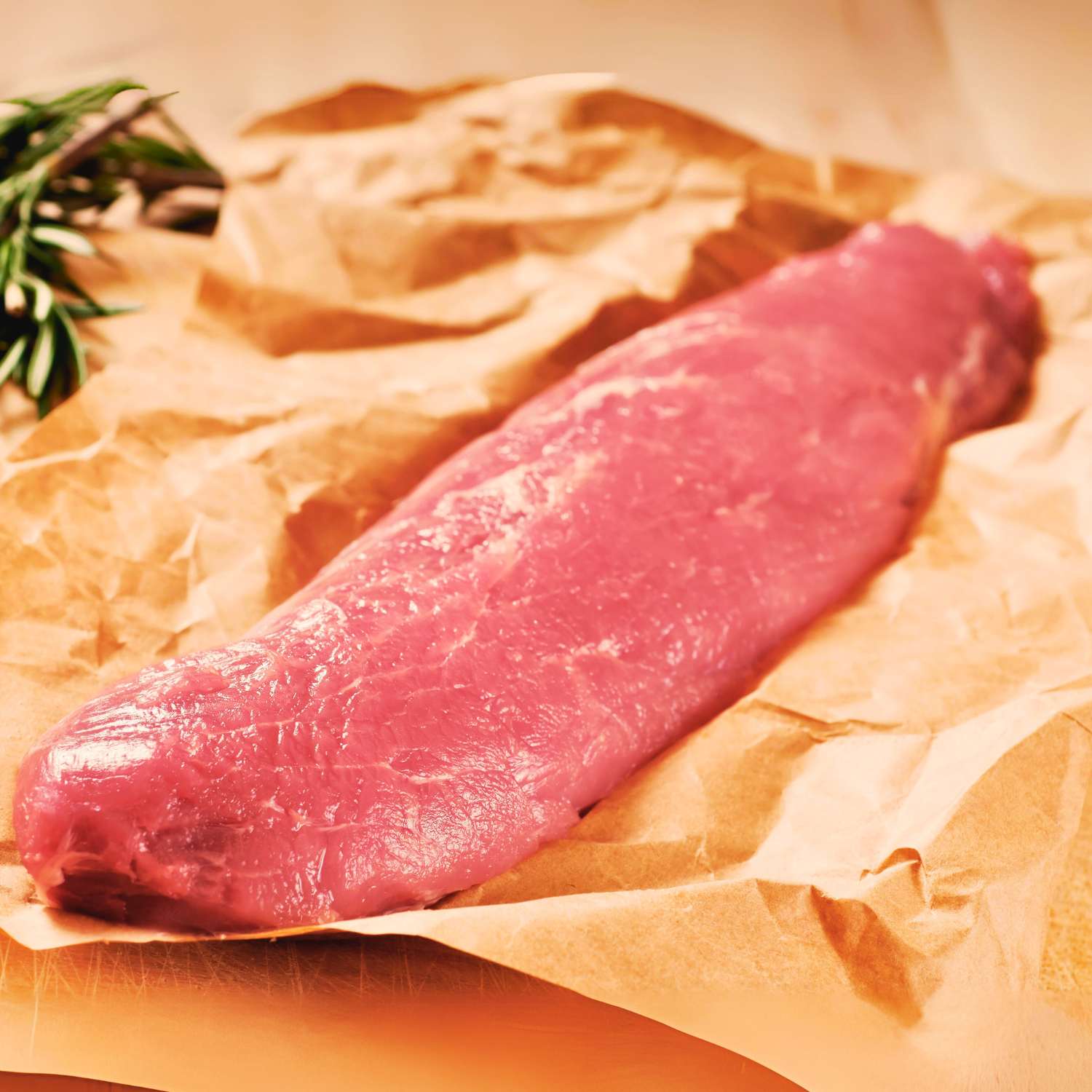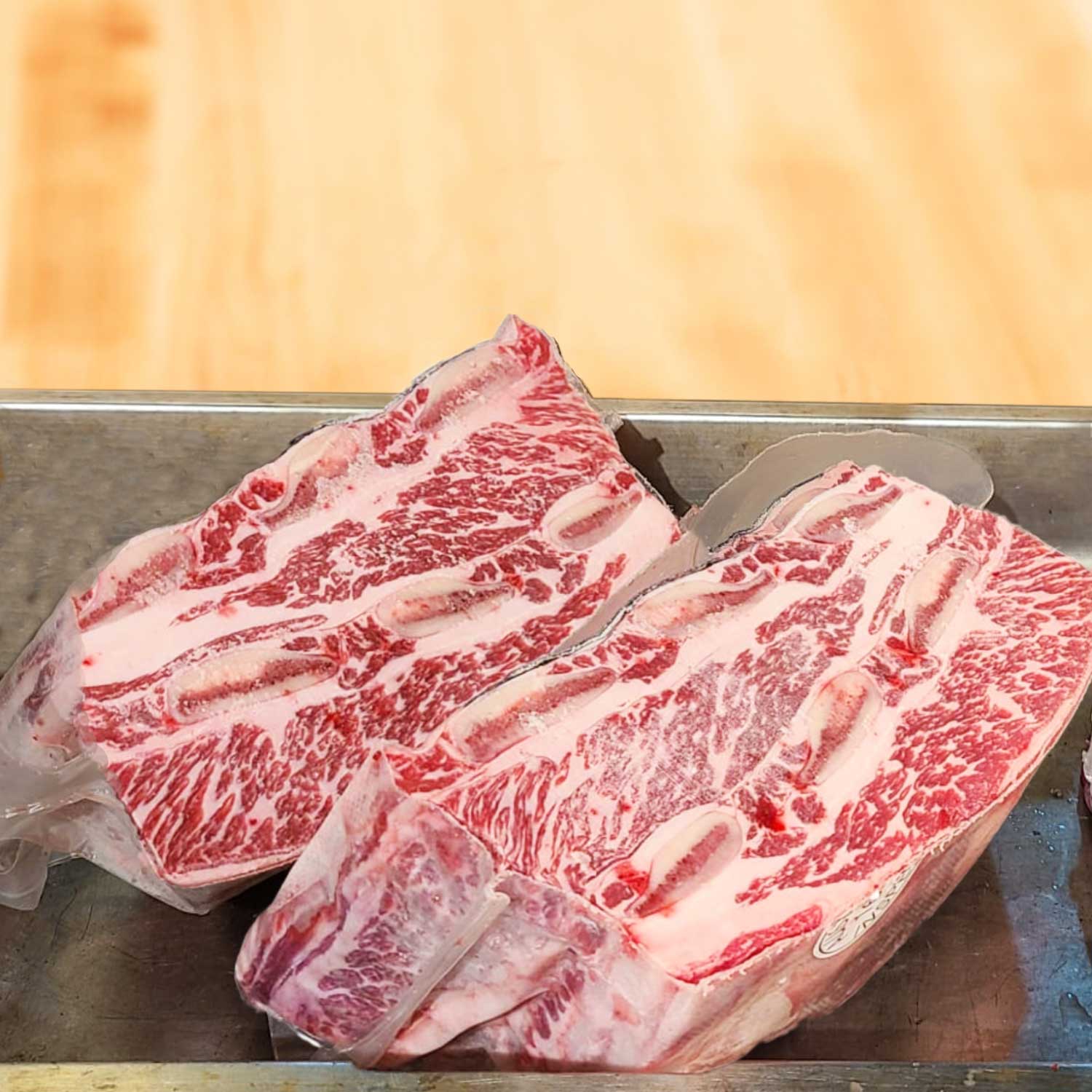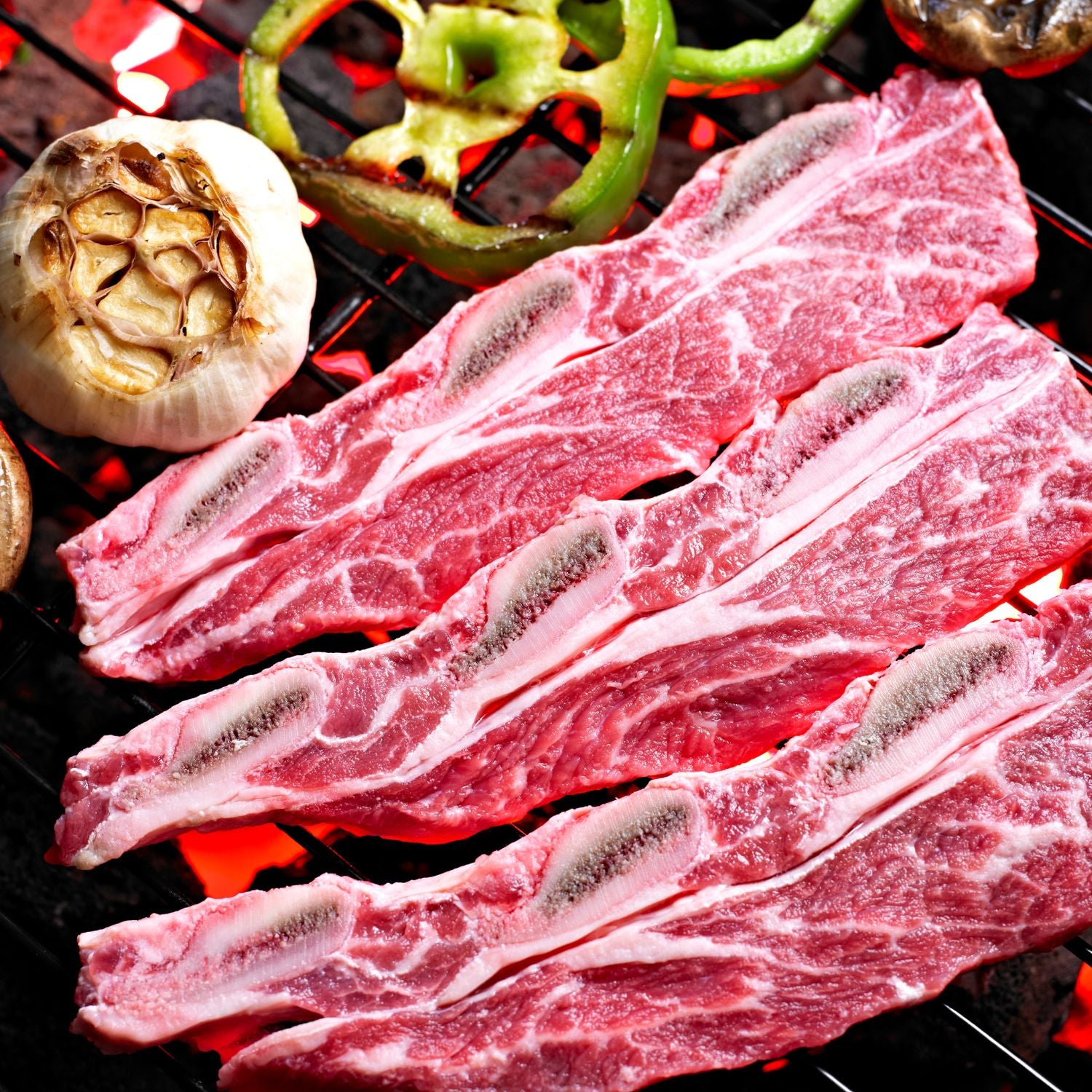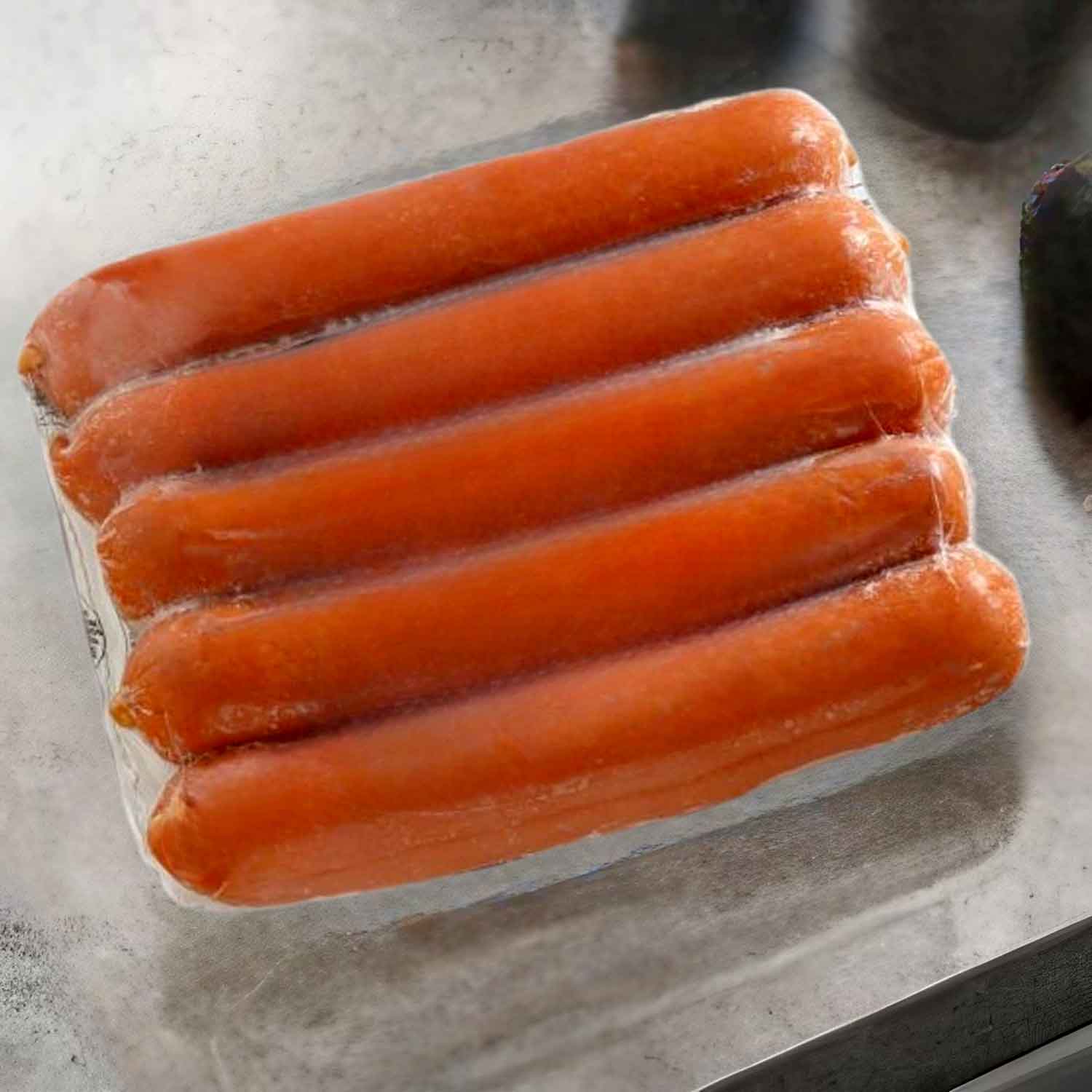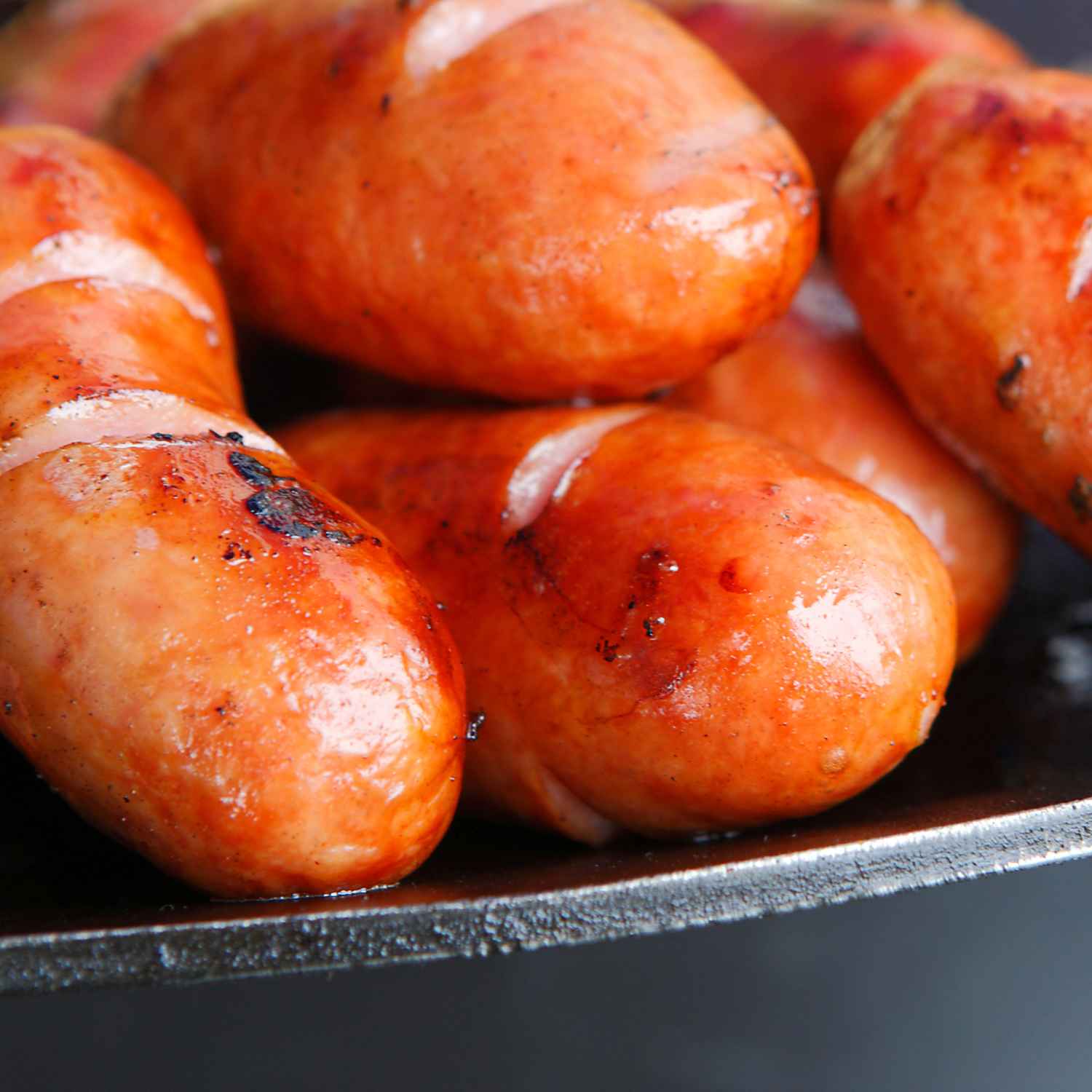Understanding Beef Cuts: A Guide to Quality and Value
The Basics of Beef Cuts and Terminology
To pick the best beef, knowing the basics is key. It starts with the names and parts. Each cut, from the rib to the shank, offers different flavors and textures. This knowledge helps cooks choose the right piece for every meal. The common cuts in Hong Kong include sirloin, tenderloin, and chuck. These names might change in different markets or cultures. Yet, the parts of the cow don't. Understanding these terms makes for smart and satisfying beef choices.

How Beef Cuts Influence Taste and Texture
Every beef cut has a unique taste and texture. This is due to where on the cow the meat comes from. Tender cuts like ribeye come from less worked muscles. These are best for quick, high-heat cooking. Tougher cuts, like brisket, need slow cooking to break down. They can become tender and full of flavor. The fat marbling in cuts also affects the taste. More marbling often means a juicier, richer experience. In Hong Kong, popular cuts like short ribs are known for their strong flavor. They are often used in traditional dishes. By knowing how cuts differ, consumers can pick the right beef for their recipes. This ensures a delicious meal every time.
Assessing the Quality of Different Beef Cuts
Assessing beef quality involves several factors. Firstly, marbling is key. This is the fat within the muscle. It adds flavor and juiciness to the beef. Secondly, the beef cut’s color should be bright red, not dark. This means it’s fresh. Thirdly, the texture is important. The beef should feel firm and fine-grained. Avoid beef that is overly soft or has coarse fibers. Fourthly, consider the smell. It should have a clean, not sour, odor. Finally, check for the beef’s origin. Local or imported beef may have different quality standards. In Hong Kong, look for trusted suppliers for the best quality.
The Grass-Fed Difference: Why It Matters in Hong Kong
The Nutritional Benefits of Grass-Fed Beef
In Hong Kong's dining scene, the shift to grass-fed beef is gaining traction for its health perks. Grass-fed cattle are reared on natural grass, which impacts the beef's nutrient profile. This beef brims with omega-3 fatty acids, key for heart health. Vitamin levels, particularly E and A, are higher in grass-fed beef too. Plus, this beef often has fewer calories and more antioxidants. These benefits are why savvy Hong Kong consumers choose grass-fed beef.
Taste and Texture: Grass-Fed vs. Grain-Fed Cuts
In Hong Kong, discerning diners often debate between grass-fed and grain-fed beef. Grass-fed beef tends to have a more robust flavor, attributed to the diverse grasses the cattle graze on. It’s often leaner, resulting in a firmer texture than the typically marbled grain-fed beef. On the other hand, grain-fed beef usually presents a buttery taste and a tender, melt-in-the-mouth texture. Preference for either type of beef often hinges on individual tastes and the culinary application. Chefs and home cooks alike must consider these differences when selecting cuts for their dishes, as it can greatly influence the final outcome in terms of taste and texture.
The Global Demand for Grass-Fed Beef and Its Impact on Hong Kong
The demand for grass-fed beef is rising globally. Health and eco-aware minds fuel this trend. In Hong Kong, this impacts both import practices and local farms. Hong Kong's markets adapt to meet this global desire. They now offer more grass-fed options than before. This shift affects pricing, availability, and dining trends in the region. Hong Kong consumers now weigh the benefits against the cost. They must decide on grass-fed or traditional grain-fed beef. This choice is reshaping Hong Kong's beef industry.
Navigating Hong Kong's Beef Market: Where Quality Meets Affordability
Major Suppliers and Retailers of Beef in Hong Kong
Hong Kong's beef market boasts a variety of major suppliers and retailers.
- Wellcome & ParknShop: These supermarket giants offer a range of imported and local beef cuts.
- City'super: Known for premium and organic selections, ideal for those seeking upscale beef options.
- Wet Markets: Traditional markets like Mong Kok and Wan Chai. Shoppers here can find fresh, often locally sourced beef.
- Online Retailers: Such as Meatmarket.hk and Farmer’s Market, provide convenient delivery of quality beef.
Each of these suppliers plays a vital role in providing beef to consumers, catering to different preferences and budgets.
Balancing Cost and Quality in Beef Purchasing Decisions
When buying beef in Hong Kong, you must weigh quality against cost. Smart choices can save you money without sacrificing taste. Look for price fluctuations during sales or for less popular cuts that are still high in quality. Grass-fed beef tends to be more expensive but offers better nutrition and flavor. You can also consider bulk purchases from reputable suppliers to reduce expenses. Remember to check for freshness and marbling. These factors greatly affect flavor and tenderness.
Seasonal Trends in Beef Availability and Pricing
In Hong Kong, beef prices and availability can change with the seasons. Here are some factors:
- During festive times like Chinese New Year, demand rises, pushing up prices.
- Weather events can affect grass growth, which impacts grass-fed beef supply.
- Import patterns from countries like Australia can change with their seasons, affecting supply.
Shoppers can look out for deals during off-peak periods or consider frozen options for better pricing.












